CATL presents three new battery breakthroughs at ‘Super Tech Day’
The Chinese battery manufacturer CATL has presented a series of developments of its battery technology at its first ‘Super Tech Day’ presentation. Among the new developments are the Freevoy Dual-Power Battery, the sodium-ion battery Naxtra, and the second-generation Shenxing Superfast Charging Battery. Additionally, CATL developed an integrated 24V start/stop Naxtra battery for heavy-duty trucks.
The second generation of the Shenxing battery offers a charging rate of 12C. With up to 1.3 megawatts of peak charging power, it can charge up to 2.5 kilometres of range per second. CATL also specifies that a range of 520 kilometres can be charged in only five minutes using the Chinese CLTC cycle. To compare, BYD introduced a charging capacity of one megawatt and promises a range of 400 kilometres in five minutes.
In terms of total range, the Shenxing battery offers up to 800 km. The battery is also apparently not strongly affected by temperatures, at least in terms of charging speed: At -10°C, a charging stroke from 5 per cent to 80 per cent should be possible in 15 minutes – according to CATL, this should be twice as fast as with previous top systems. CATL’s battery will not be able to deliver such charging speeds at any charging station, however, as a megawatt charging station will be required. Competitor BYD is planning to introduce a megawatt charging network in China, but it remains unclear whether the companies will integrate their charging technologies. CATL Chief Technology Officer Gao Huan stated that there are plans to equip 67 car models from various manufacturers with the new Shenxing battery this year.
Freevoy dual-power battery
In addition to the fast-charging Shenxing battery, CATL also presented two other battery innovations at its event. The Freevoy dual-power battery combines CATL’s dual energy architecture with ‘self-forming’ anode technology. This architecture combines two independent energy zones with five dual functions: Dual-High-Voltage, Dual-Low-Voltage, Dual-Structure, Dual-Thermal Management and Dual-Safety Management. In this way, CATL aims to ensure a stable and safe energy supply, which is particularly important for autonomous driving functions at levels L3 and L4.
The dual-power battery is available in three different combinations. The sodium LFP dual-power battery combines Naxtra with an LFP battery with a self-forming anode, which is intended to offer optimum performance in cold conditions, in addition to a long range. The LFP-LFP dual-power battery promises a combination of the second-generation Shenxing battery presented above and LFP with a self-forming anode. This enables a range of 1,000 km in sedans with a wheelbase of 3 metres with minimal operating costs. And finally, there is the NCM-LFP/NCM-NCM dual-power battery: it integrates NCM with a self-forming anode. Peak charging at 12C and more than 1 megawatt of power are therefore possible even at 20 % SOC. The extended version achieves a capacity of over 180 kWh, which means a range of more than 1,500 kilometres. CATL intends to offer the dual-power principle not only for cars, but also for trucks, buses, aircraft, ships and industrial applications.
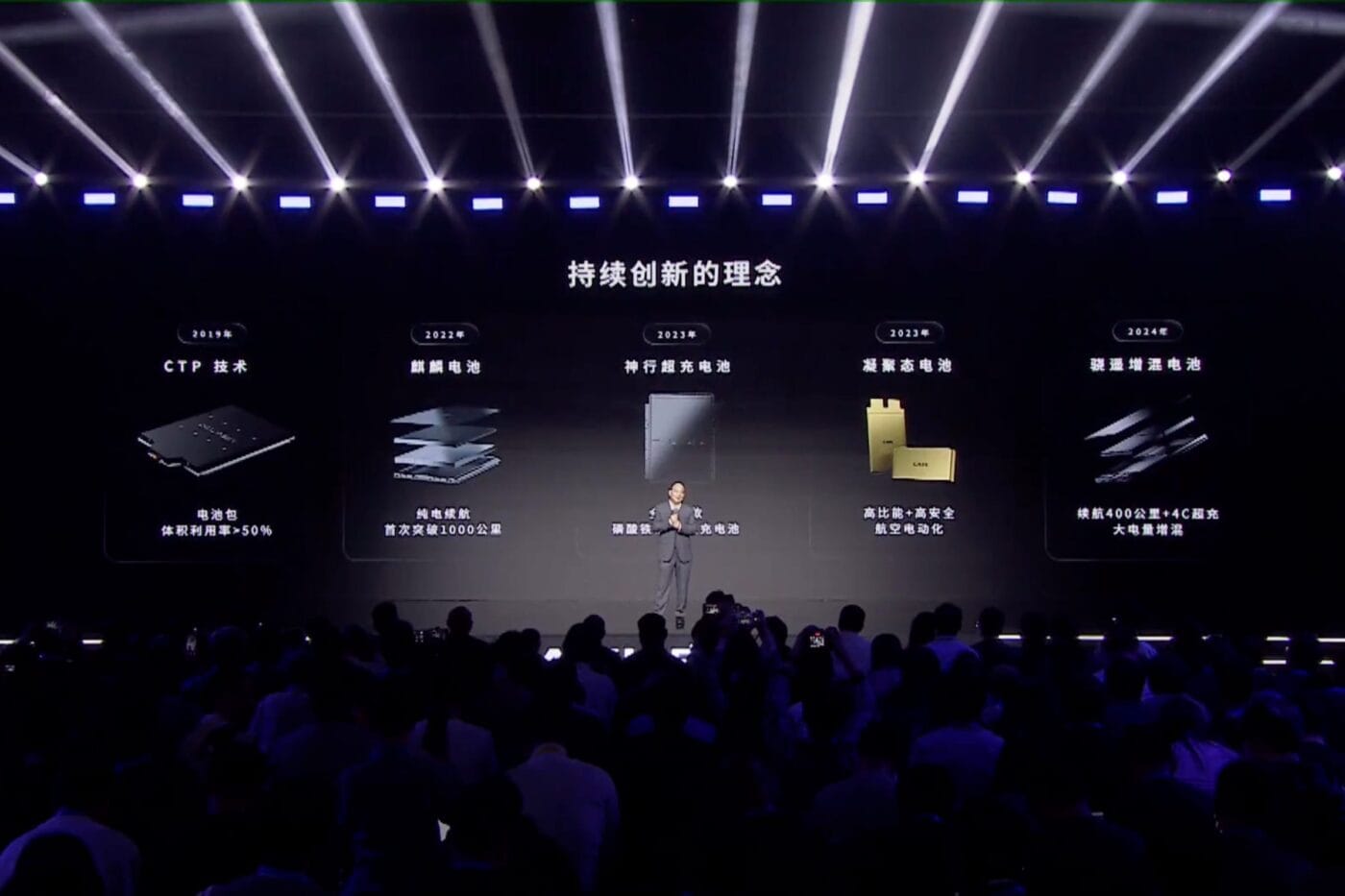
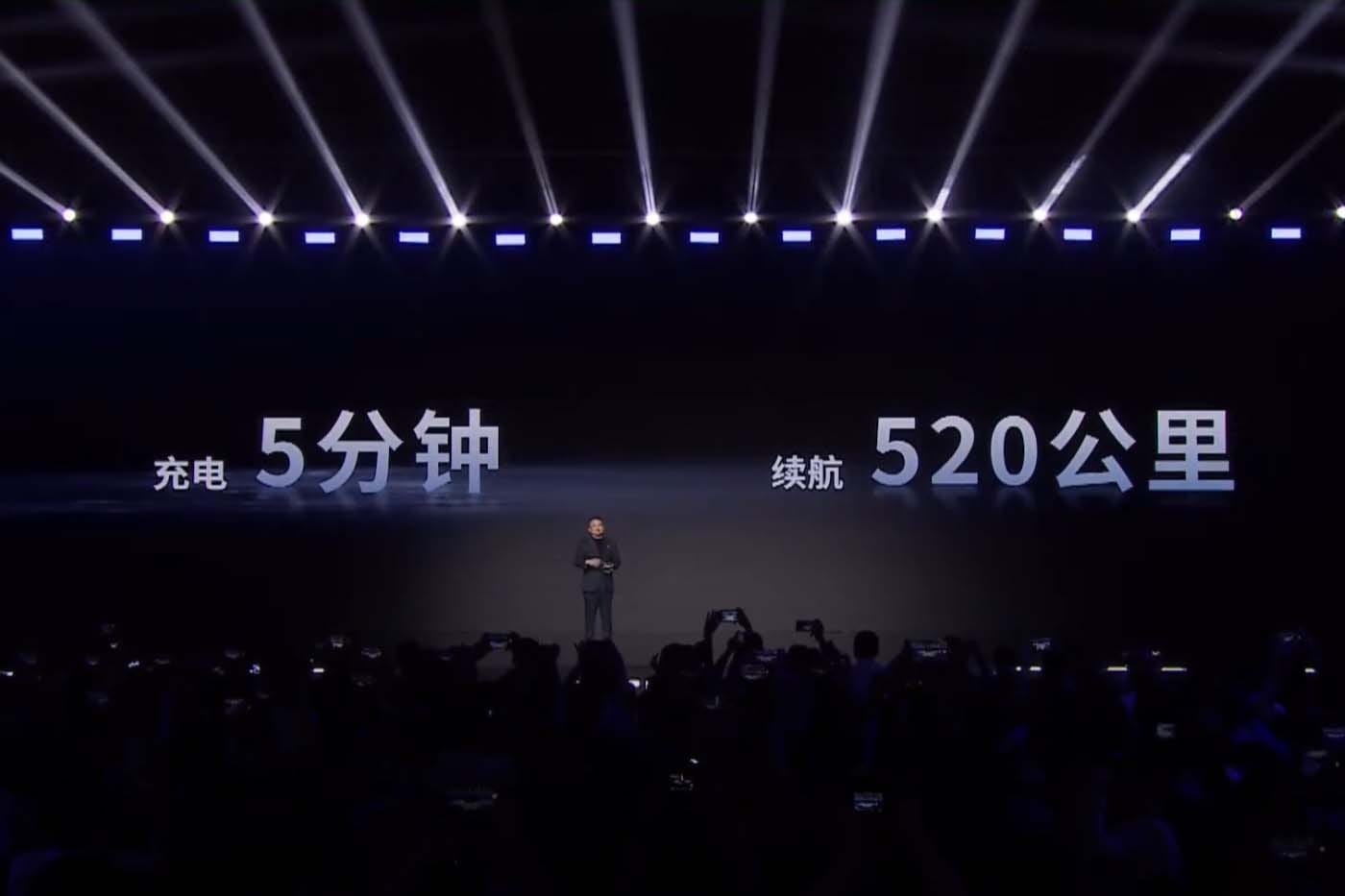
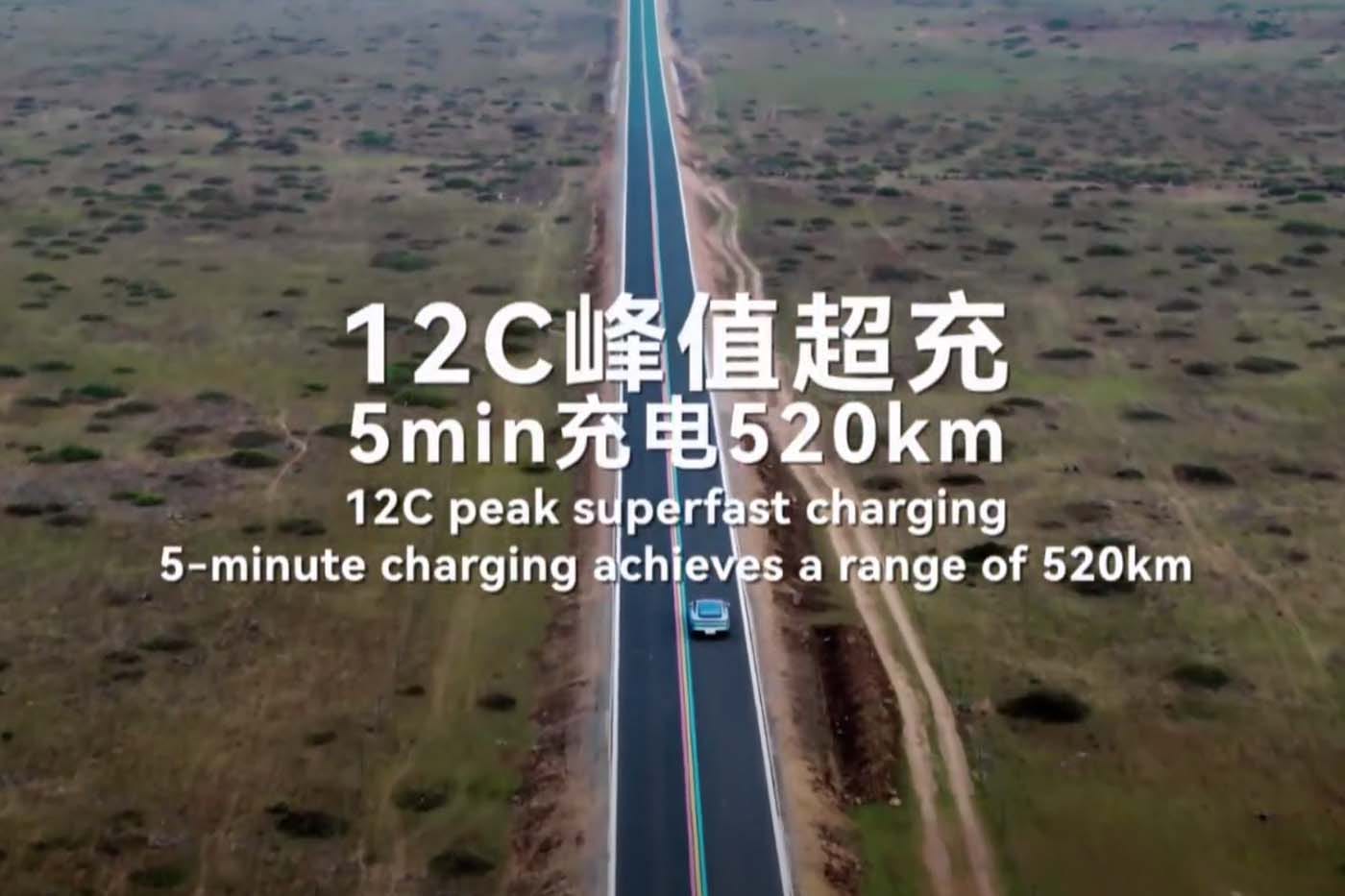
Naxtra sodium-ion battery
And finally, CATL has presented its Naxtra battery, the company’s first sodium-ion battery, which is now said to be ready for mass production. CATL has been researching the technology for some time, which is significantly more cost-efficient than lithium-ion batteries, as sodium is much cheaper to obtain than lithium and can make supply chains more stable.
The product line comprises two categories: the Naxtra battery for electric vehicles in the passenger car sector and the integrated 24V start-stop battery for commercial vehicles. Both can be used in the entire temperature range from -40°C to +70°C. According to CATL, the passenger car version retains 90 per cent of its usable power even at -40°C and shows no significant reduction in performance even at only 10 per cent state of charge. With an energy density of 175 Wh/kg, the Naxtra car battery achieves the world’s highest value among sodium-ion batteries, comparable to LFP batteries, and offers a range of 500 kilometres and over 10,000 charging cycles.

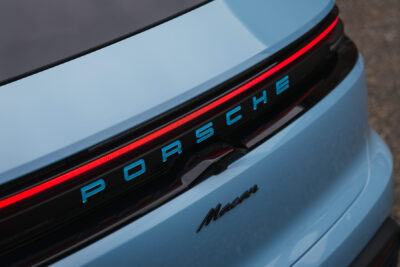
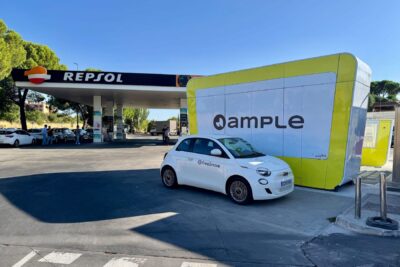
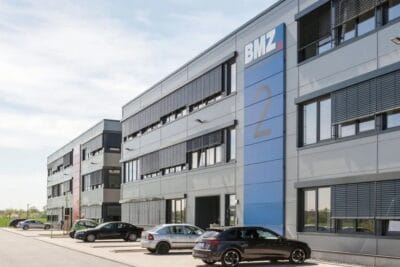
1 Comment